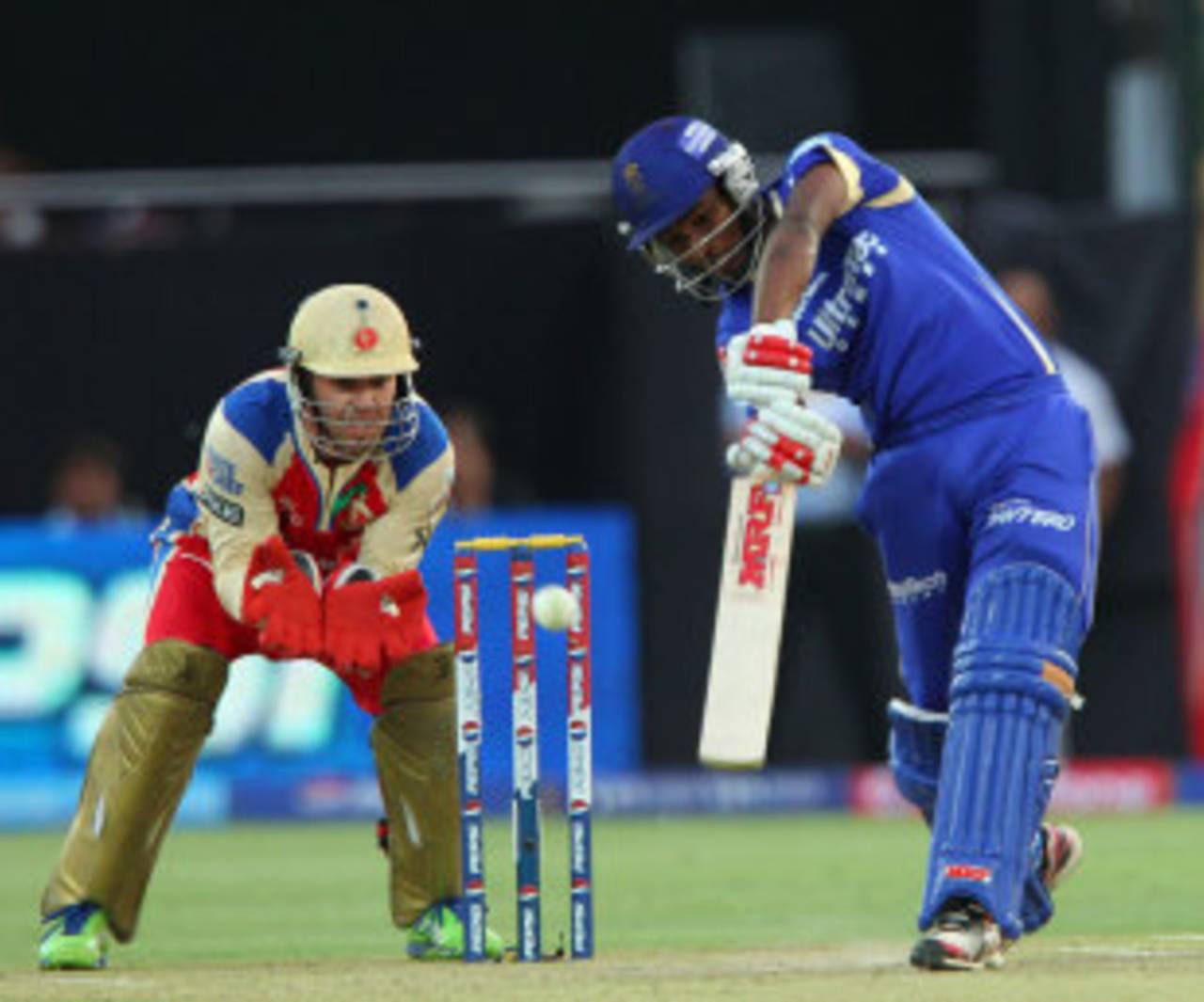How to turn from a nobody into an IPL star
Apart from plenty of luck, you need to pick your team wisely, bat at the top and have your captain's support

By playing for Rajasthan Royals, Sanju Samson has ensured he gets to bat more often in the top order than he would have in a bigger IPL team • BCCI
Unless the pitch has a lot in it for the bowlers, your top six batsmen won't each get an equal share of the 120 balls in an innings. It's the top four who get the lion's share, including the lucrative Powerplay overs. Only when they fail do the rest get a look in.
Since the most successful batsmen in T20 are the ones who bat at the top, all big teams fill those spots with either quality overseas players or proven Indian Test or ODI recruits. It's unlikely that Mumbai Indians, Chennai Super Kings, Delhi Daredevils or Royal Challengers Bangalore will give a young Indian batsman a decent run at the top. Generally in these teams a young Indian batsman is only a couple of failures away from being axed. But that isn't the case with the less-fancied teams, for they don't have big overseas or Indian names to occupy key positions. Sanju Samson, Mandeep Singh, Hanuma Vihari, Manan Vohra and the like do not only get ample opportunities but are also getting to bat at the right spots in the order. So playing for a weaker unit is a blessing in disguise for a young Indian batsman.
While there aren't many uncapped Indian batsmen who have made a lasting impression, Indian bowlers like Siddharth Trivedi, Rajat Bhatia and Shahbaz Nadeem have done well to merit a place in the starting XI regularly. Since five bowlers bowl the 20 overs, the captain has the luxury of using the domestic players in slightly low-pressure situations. The overs between seven and 14 are ideal for an inexperienced bowler to slip in his quota, and that's when most captains use these bowlers. But the nature of T20 is such that every bowler goes for plenty now and then. That's when you need your captain's full support or you'll never be brave enough to express yourself freely.
Former India opener Aakash Chopra is the author of Out of the Blue, an account of Rajasthan's 2010-11 Ranji Trophy victory. His website is here and his Twitter feed here